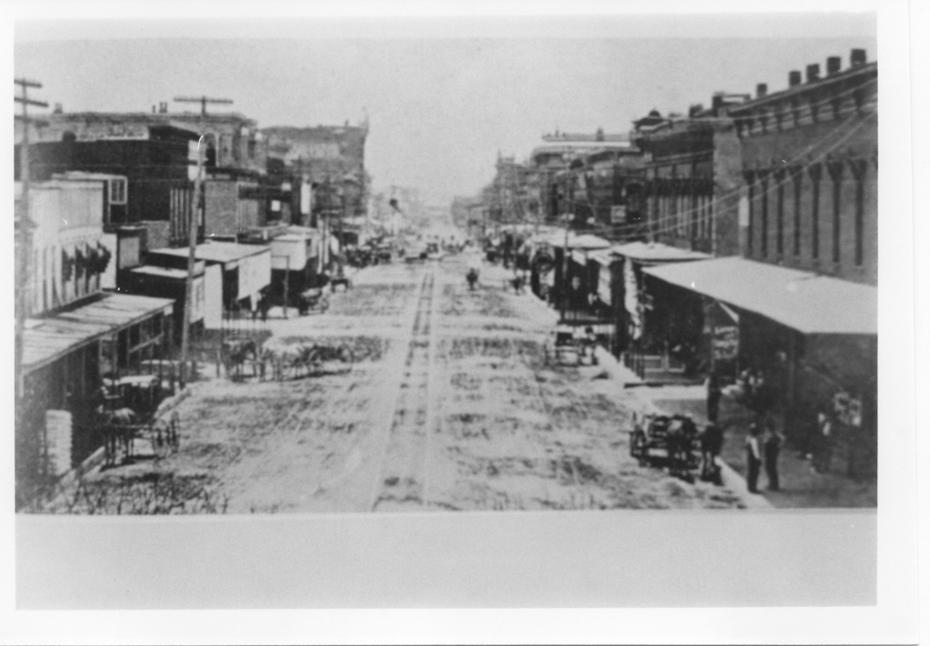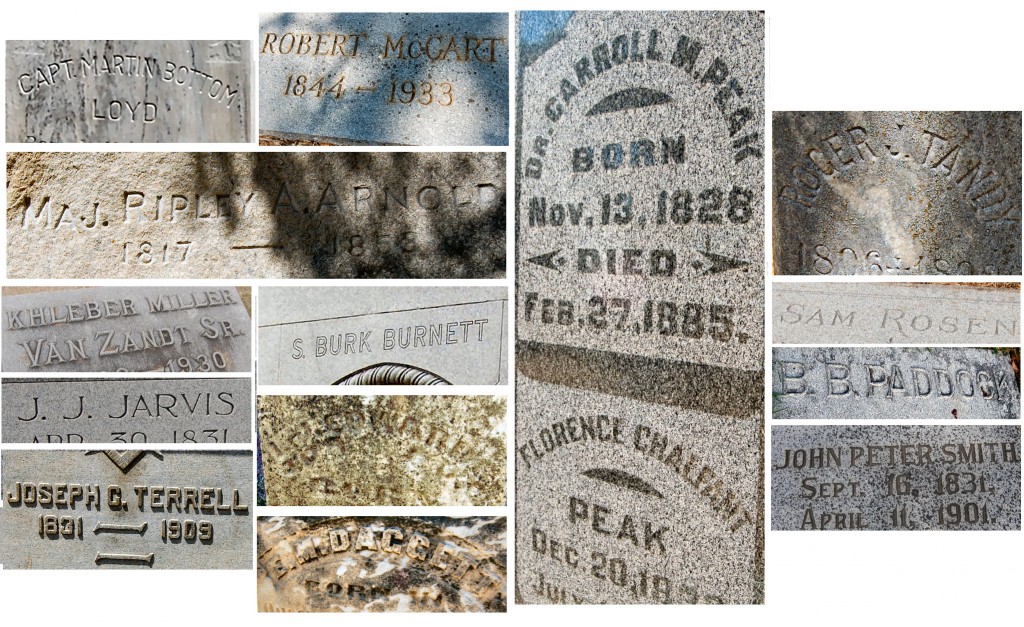Most of them immigrated to Fort Worth even before this photo of Main Street was taken at the courthouse in 1880. Note the streetcar tracks. (Photo from Tarrant County College NE.)

Some were soldiers, some were civilians. Some developed Fort Worth’s railroads and streetcar lines and neighborhoods, others founded its banks, schools, and churches. Still others settled vast tracts of prairie that the city grew into. They donated land for parks and hospitals, edited its early newspapers, held city offices, and, with a “get ’er done” pragmatism that seems impossible today, achieved the myriad “firsts” that are necessary for any young town to develop.
And not one of them was born in Fort Worth—or even in Texas. Here is a list of fifteen of Fort Worth’s early get ’er doners and their places of birth:
Major Ripley Arnold (Mississippi), John Peter Smith (Kentucky), B. B. Paddock (Ohio), K. M. Van Zandt (Tennessee), E. M. Daggett (Canada), Sam Rosen (Russia), Lemuel Edwards (South Carolina), Roger Tandy (Kentucky), J. C. Terrell (Tennessee), Robert McCart (Kentucky), Dr. Carroll M. Peak (Kentucky) and Florence Chalfant Peak (Indiana), Martin B. Loyd (Kentucky), James Jones Jarvis (North Carolina), Samuel Burk Burnett (Missouri).
They were charter members of the “I wasn’t born in Texas, but I got here as soon as I could” club. They came to Texas and to Fort Worth from elsewhere, but they stayed and worked and built the city they would be buried in.






